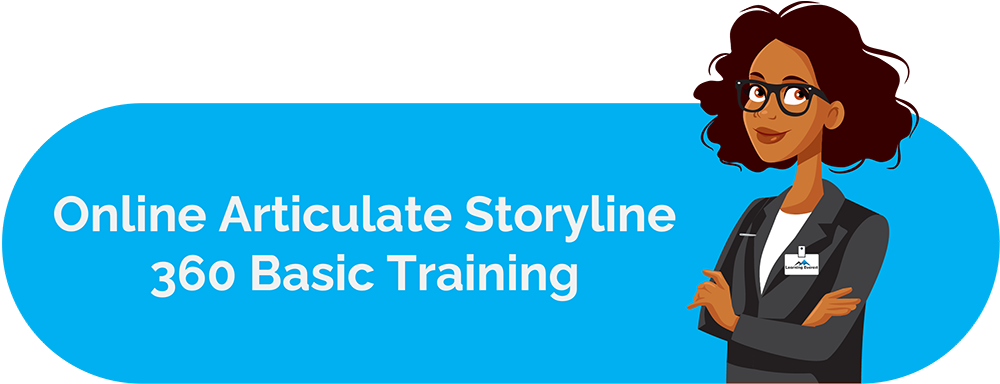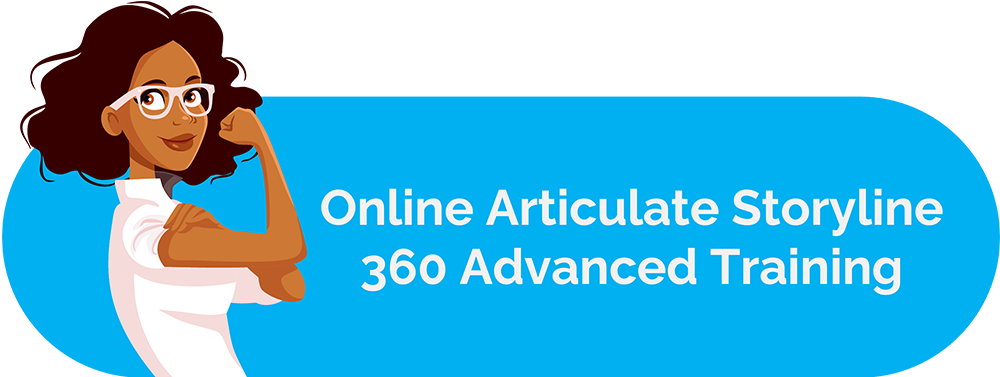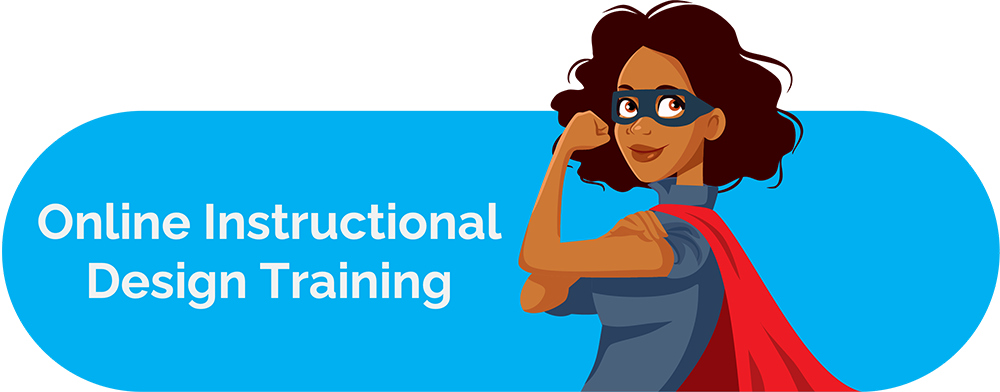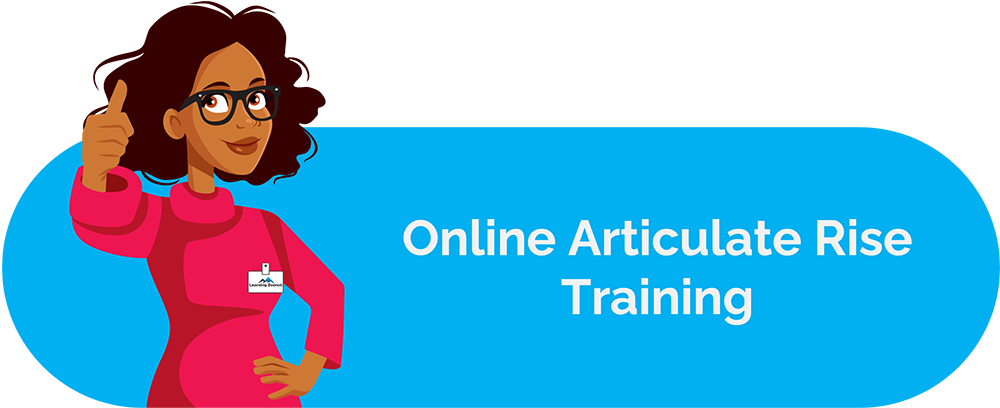Cognitive theory is a psychological theory that emphasizes the role of mental processes in how humans make sense of the world. It applies to general everyday functioning, emotions, behaviors, and learning. In Learning, cognitive theory empowers learners by acknowledging their agency and leveraging their unique approach to processing the things they encounter. In this article, you will learn all about the cognitive theory in Learning, from how it works to its application.
What is Cognitive Theory in Learning?
Cognitive theory in learning holds that an individual’s mental processes like attention, memory, comprehension, etc. play a crucial role in the learning process.
Mental processes influence how learners interact and interpret information, how well they integrate it, and how they use it to meet the personal and professional demands of their everyday lives.
Mental Processes in Cognitive Theory
To better understand cognitive theory, it is important to define what a mental process is and its various components.
A mental process is any process that takes place in the mind, i.e., anything the human mind naturally does. Here is a list of some common mental processes that help maximize the application of cognitive theory:
Attention
Attention refers to the mind’s ability to focus on a specific piece of information without letting other stimuli interfere. Attention enables us to determine what we want to concentrate on in a given situation. In learning, attention allows individuals to learn for prolonged periods of time and engage in tasks relevant for building knowledge and skills.
Sensation
Sensation refers to taking in information from our senses. Vision, hearing, taste, smell, and touch are the 5 most common sensory processes. However, sensation also includes awareness of the position of our body and head. Sensation is crucial source of information in learning. For instance, we read text using our vision, we hear and watch a video demo, we learn the correct way of holding our bodies when practicing a physical task, etc.
Perception
Perception is our interpretation of sensory information. It helps build our internal knowledge system and teaches us how to make inferences about environments, people, situations, and our own thoughts. For example, knowing that red lights mean an emergency.
Comprehension
Comprehension is our ability to process the meaning of information. Without comprehension, the higher mental processes that will be discussed shortly are not possible. Comprehension builds knowledge.
Memory
Memory refers to successfully storing new information for later use. Memory is a crucial mental process for learning as it determines a learner will be able to access relevant knowledge and skills when the need arises.
Problem solving
Problem solving is a higher mental process which involves the collaborative use of various mental processes to effectively come up with a solution to a challenge. What an individual has already learned plays a crucial role in effective problem-solving, and if often the primary goal of learning programs.
Decision making
In decision making, people make choices and pick a course of action in response to a specific situation. Just like problem solving, decision making utilizes existing knowledge and skills to achieve a specific outcome.
While the common mental processes studied and emphasized in cognitive theory are listed individually, they work together in a dynamic and interconnected manner. Learners use a mixture of the aforementioned mental processes to build a repertoire of information and behaviors that help them achieve goals and complete tasks. According to cognitive theory, learning is a complex internal process, where learners process information by drawing connections between them, thereby constructing rich meaning out of it.
Variants of Cognitive Theory in Learning
Cognitive theory in itself highlights and supports crucial aspects of the learning process. However, there are also variants of it that emphasize cognition’s interaction with other factors to produce learning. Let us look at the two most widely used ones:
Social Cognitive Theory
Social cognitive theory states that people don’t necessarily have to be direct and active participants of a situation to learn. They can just as successfully learn things by observing others. Thus, by observing steps, interactions, consequences, etc., learners can pick up on behaviors and replicate them. Social cognitive theory is called as such because an individual’s personal factors, which include cognition, determine whether they will learn from observing a certain experience or not. Social cognitive theory, thus, involves the interplay of a person’s environment and their mental processes.
Social cognitive theory is highly effective for building soft skills. The intricacies of social interaction cannot be taught simply using text, audio, and video. Instead, they are best learned by observing how others behave in similar situations and the kind of results their approach produces. Hence, skills like interviewing, communication, negotiation, query handling, etc. can be taught using social cognitive theory.
Cognitive Behavioral Theory
Cognitive behavioral theory combines cognitive theory with behavioral outcomes. It holds that a person’s thoughts, emotions, and beliefs influence how they behave. Cognitive behavioral theory has very broad applications, and is especially used in psychotherapy. However, it can be applied to learning scenarios, as well. Cognitive behavioral theory can be used to make learners more aware about their thoughts and emotions about a particular learning topic. It can also be used to help learners identify and challenge certain beliefs that might hinder their learning.
The application of cognitive behavioral theory in learning is commonly seen in DEI training and personal development, where learners are taught to identify, question, and change their thought patterns. These training domains use cognitive behavioral techniques to enable learners to change how they view and respond to their external environment. For instance, DEI training teaches learners to question the validity of a biased belief.
Applying Cognitive Theory in eLearning
Now that you understand cognitive theory and its variants, let us look at some strategies for applying it to eLearning:
- Build lessons on learners’ prior knowledge to tap into their existing memory and comprehension of a topic. This contextualizes new information, making it easier for learners to integrate it.
- Give learners multimodal content that engages various senses. By taking information in via various channels, learners can process it from multiple avenues, making the learning richer.
- Allow learners to think for themselves. Tap into learners’ potential for creative problem solving by giving them riddles, scenarios, projects, etc. Give them the time and space to apply the knowledge and skills they have acquired from the learning program.
- Similarly, give learners the power of choice. This can be facilitated using branching scenarios, where learners can get dynamic outcomes based on how they decide to respond to prompts and questions. This builds learner confidence and jogs their decision-making abilities.
- Let learners learn from others, when possible. Show them clips, scenarios, simulations, step-by-step diagrams, etc. where they can observe behaviors and their outcomes. This can speed-up learning, giving learners a deep and complex understanding of subject matter without having to read long-winded text.
Conclusion
Cognitive theory is an empowering, learner-centered approach to learning. It acknowledges and leverages learners’ own faculties to facilitate learning. Its emphasis on mental processes also pushes instructors and instructional designers to actually think about the learning process to use it to its full potential. Cognitive theory and its variants can speed up learning, enhance its impact, and build learners’ independence and confidence.
Infographic
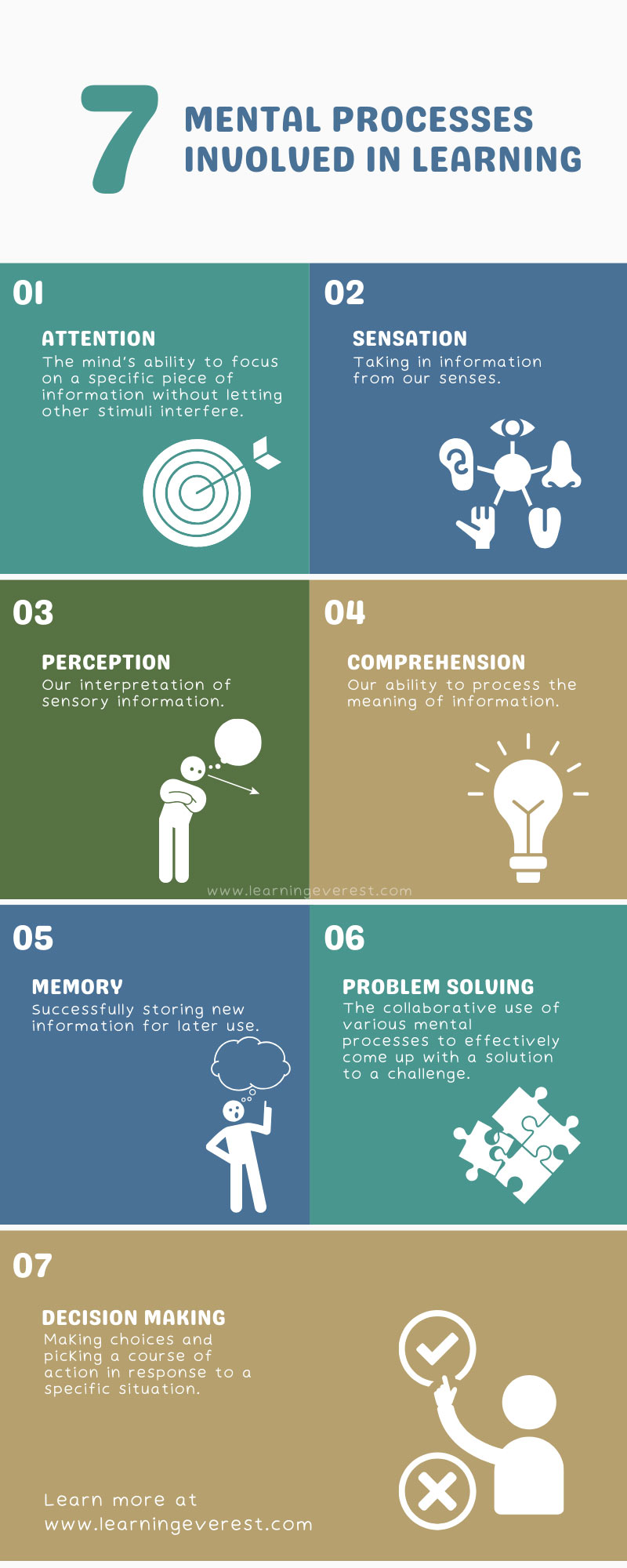
Understanding Cognitive Theory in Learning – 7 Mental Processes Involved in Learning
Knowledge Check!
Frequently Asked Questions (FAQs)
What is cognitive theory?
Cognitive theory in learning is a theory which states that an individual’s mental processes like attention, memory, comprehension, etc. play a crucial role in the learning process.
What are the two types of cognitive theory?
Cognitive theory has two variants, namely, social cognitive theory and cognitive behavioral theory.
What is a mental process?
A mental process is any process that takes place in the mind, i.e., anything the human mind naturally does.


